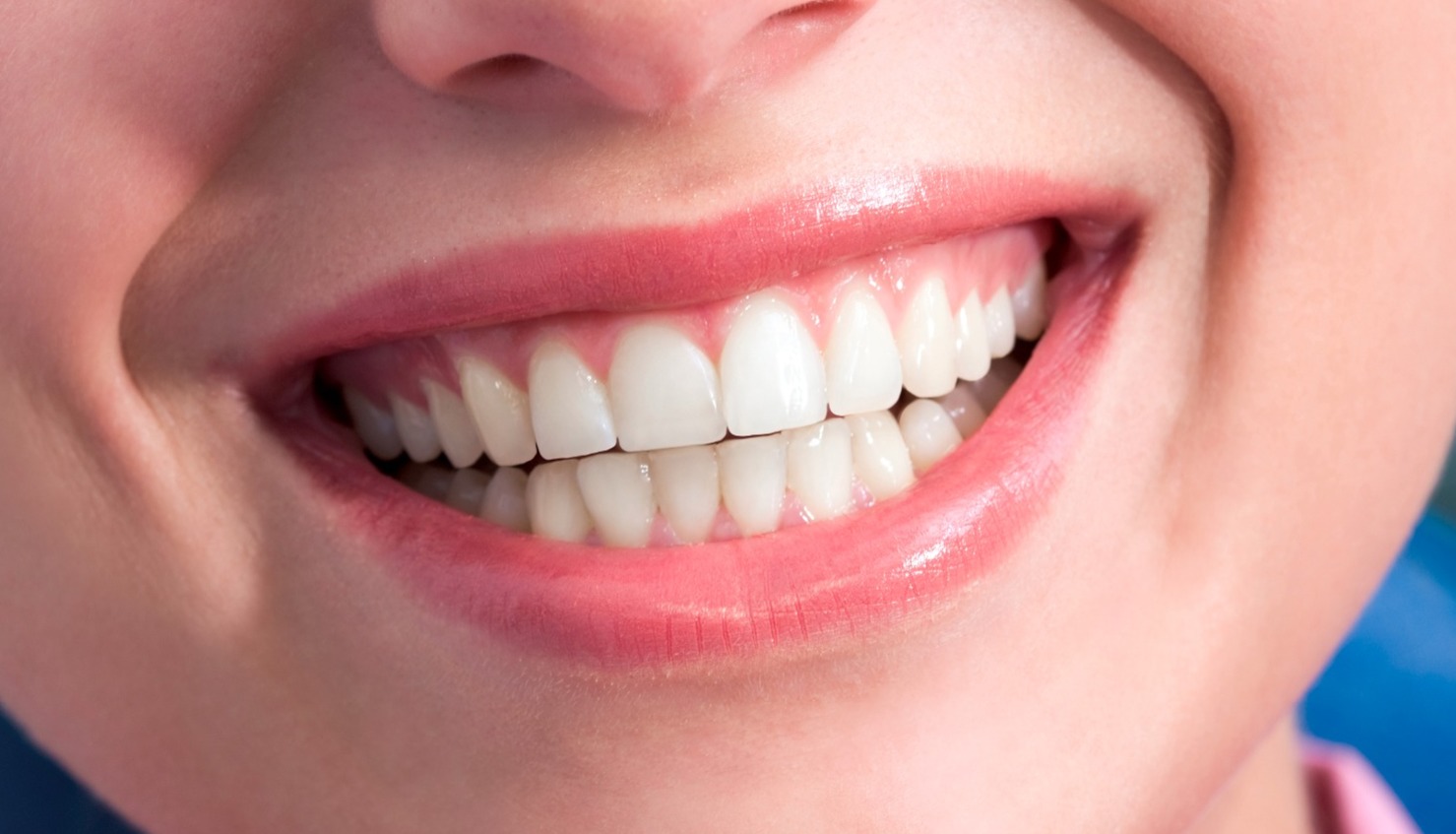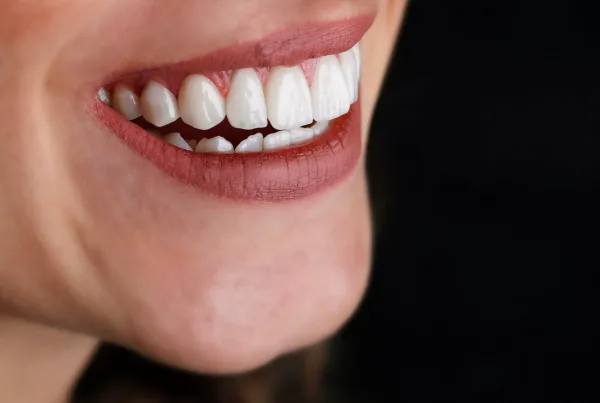
Our smile is an integral part of our aesthetics and confidence. Teeth reshaping is one of the cosmetic dental treatments aimed at enhancing your smile. It’s an effective way to perfect your smile. In this article, we’ll discuss tooth contouring (teeth reshaping), tooth gap filling, and topics such as who these treatments are suitable for.
What is Tooth Contouring (Teeth Reshaping)?
Tooth contouring or teeth reshaping is a cosmetic dental treatment used to change the shape and size of teeth. During this process, a dentist gently shapes and smoothens the tooth’s outer surface. Its primary purpose is to improve the appearance of teeth, correct irregularities, and fix misaligned teeth.
Tooth contouring is typically used to round off the corners of teeth, shorten overly long teeth, or correct minor irregularities between teeth. This procedure helps teeth achieve a more symmetric and balanced appearance.
Tooth contouring is usually a procedure that does not require local anesthesia and can be completed quickly. The dentist first creates a plan tailored to your teeth to determine which areas need reshaping. Then, using special shaping tools, they gently smooth and shape the surface of the teeth.
Another advantage of tooth contouring is that it generally preserves the natural structure of the teeth. Tooth reshaping does not harm the teeth’s health. However, it may only be suitable for some patients; in some cases, other cosmetic dental treatments may yield better results.
Tooth Gap Filling
Tooth gap filling is a cosmetic dental treatment to close gaps between teeth. Gaps between the central incisors can be aesthetically displeasing. These gaps can occur due to various reasons, such as tooth loss, natural tooth size, or abnormalities in jaw structure.
The tooth gap filling procedure is typically performed using porcelain laminates or composite filling materials. The dentist selects these materials based on the gap size and the teeth’ color.
The first step involves the dentist evaluating the size of the gap and selecting the appropriate material. Then, the dentist prepares the tooth surface and follows the necessary steps for applying the chosen material. While composite filling materials can be directly applied to the tooth surface, porcelain laminates are prepared beforehand and bonded to the tooth.
The tooth gap filling procedure can usually be completed in a single session and may require local anesthesia. As a result, the gaps between the teeth are closed, and the smile becomes more aesthetic.
Tooth gap filling can address not only aesthetic concerns but also other problems caused by the gaps between teeth. For example, gaps can lead to the accumulation of food debris between teeth and gum problems. Therefore, tooth gap filling can be beneficial both aesthetically and functionally.
However, as with any dental treatment, tooth gap filling should be evaluated by a dentist before proceeding. The dentist will examine your teeth and consider your preferences to recommend the most suitable treatment options.
Aesthetic-Cosmetic Dental Treatment Methods
Today, a wide range of options are available for aesthetic and cosmetic dental treatments to enhance your smile and boost your confidence. These treatments can improve your teeth’ color, shape, size, and alignment, leading to a more attractive smile.
These aesthetic and cosmetic dental treatment methods may have advantages and disadvantages. It is recommended to consult with your dentist to determine which treatment method is suitable for you. Here are some popular aesthetic and cosmetic dental treatment methods:
Teeth Whitening
Teeth whitening is a common aesthetic treatment method used to lighten the color of teeth and achieve a brighter smile. Teeth whitening can be performed by professional dentists or at home. However, it’s important to note that unsupervised interventions can be risky.
Porcelain Laminates
Porcelain laminates are thin, custom-shaped porcelain veneers attached to the front surface of teeth. These laminates are used to correct tooth color, improve shape, and correct misalignments. Due to their durability and natural appearance, porcelain laminates are often preferred.
Dental Implants
Dental implants are permanent solutions to tooth loss and aesthetically replace missing teeth. This treatment method involves placing artificial tooth roots to replace missing teeth. Subsequently, prosthetic teeth are attached to the implants, obtaining natural-looking and feeling teeth.
Dental Veneers
Dental veneers are thin, custom-shaped coverings applied to the front surfaces of teeth. These coverings are usually made of porcelain or composite materials. Dental veneers are used to improve the color, shape, and size of teeth.
Orthodontic Treatment
Orthodontic treatments, such as braces, correct misalignments between teeth and achieve a properly aligned smile. In addition to traditional metal braces, more aesthetic options, like clear plastic aligners, are available.
Who is Teeth Reshaping Recommended For?
Individuals with minor tooth size, shape, or length differences can achieve the desired corrections with teeth reshaping. This treatment enhances the contour and harmony of teeth, resulting in a more symmetrical smile.
With teeth reshaping, people with small gaps between their teeth can reduce or completely close these gaps. Individuals with mild misalignment or excessive length differences in teeth can correct these issues. This treatment helps achieve a harmonious and balanced appearance of teeth.
Those with tiny cracks or chips on their teeth can correct these imperfections with teeth reshaping. Correcting minor flaws on the tooth surface enhances smile aesthetics and may help regain self-confidence.
Anyone wishing to achieve an aesthetic smile can consider cosmetic dental treatments such as teeth reshaping. Teeth reshaping improves the smile’s overall appearance and helps individuals attain a more attractive smile.
Situations Unsuitable for Teeth Reshaping
Teeth reshaping is generally a cosmetic dental treatment preferred for aesthetic purposes. However, in some cases, teeth reshaping may not be applicable or recommended.
Severe Dental Damage and Fractures
If the teeth are severely damaged or fractured, teeth reshaping may not be sufficient. In such cases, more comprehensive treatments, such as dental bonding or porcelain veneers, may be required to restore the tooth structure.
Excessive Tooth Misalignment
If teeth are misaligned or have alignment issues, teeth reshaping alone may be insufficient. In such cases, more comprehensive correction methods, such as dental braces or orthodontic treatments, may be preferred.
Tooth Decay and Gum Problems
If there is tooth decay or gum problems, it is essential to address these issues first. After resolving dental health problems, cosmetic treatments such as teeth reshaping can be considered.
Substantial Substance Loss in Teeth
If there is a significant loss of substance in the teeth, teeth reshaping may not be appropriate. In such cases, teeth restoration or reconstruction may be necessary to restore the teeth.
Previously Made Restorations
Previously made restorations, especially when teeth need reshaping, may limit or complicate the teeth reshaping procedure. In such cases, alternative treatment options should be considered.
Significant Alteration of Natural Tooth Form
If the natural form of the teeth has been significantly altered, teeth reshaping may not be suitable. In such cases, teeth may need to be reconstructed or undergo comprehensive restorations.
Dental Prime Turkey is a center specializing in aesthetic and cosmetic dental treatments. It provides quality services and guides patients through every step of perfecting their smiles and maintaining healthy oral care routines.
With its experienced and expert team, Dental Prime Turkey offers personalized solutions to identify the most suitable treatment for each patient. Focusing on high standards of treatment and customer satisfaction, Dental Prime Turkey aims to be one of Turkey’s leading dental health centers. Visit Dental Prime Turkey to transform your smile.





